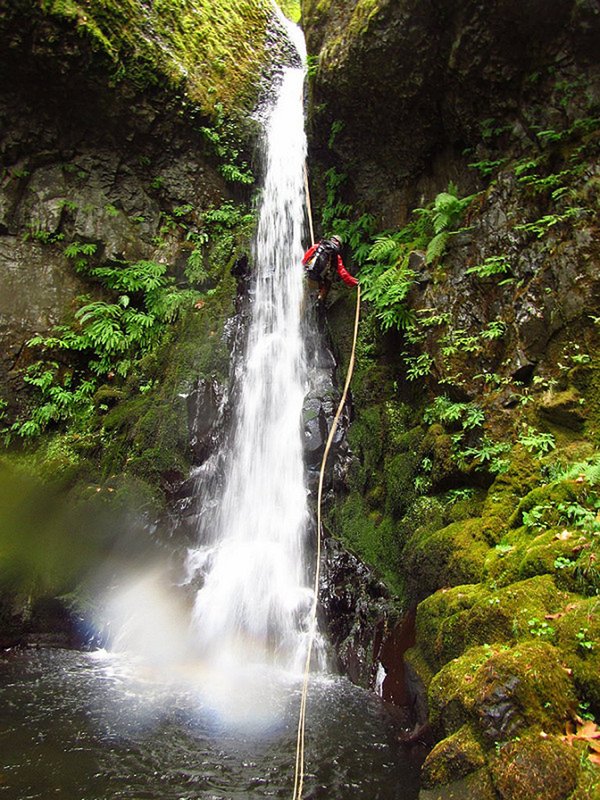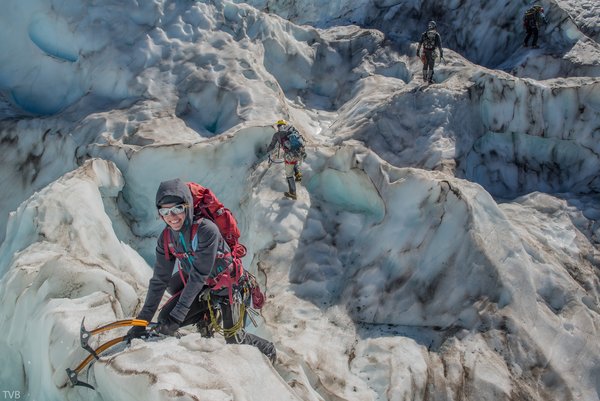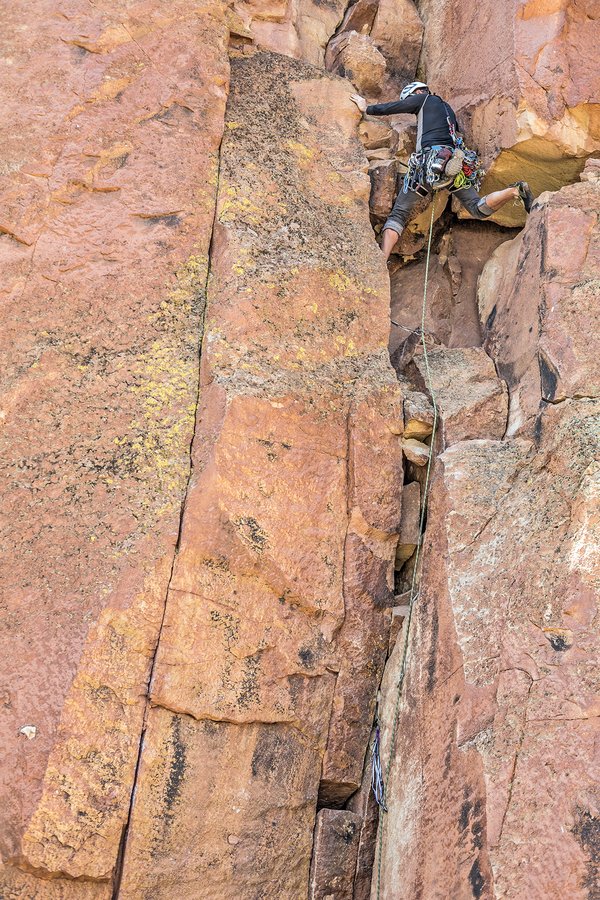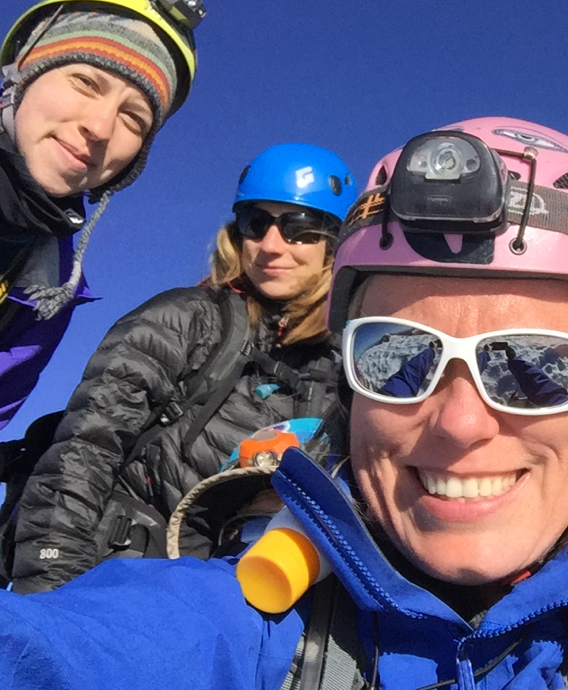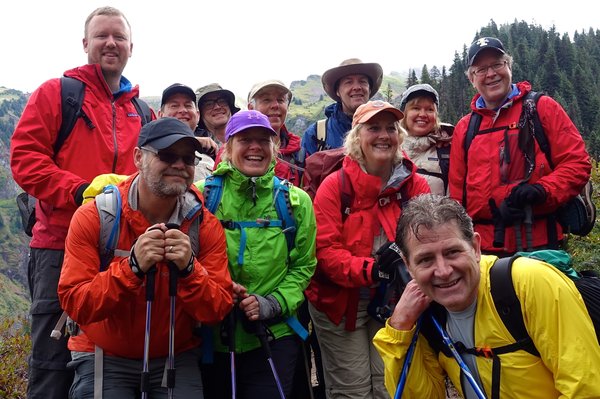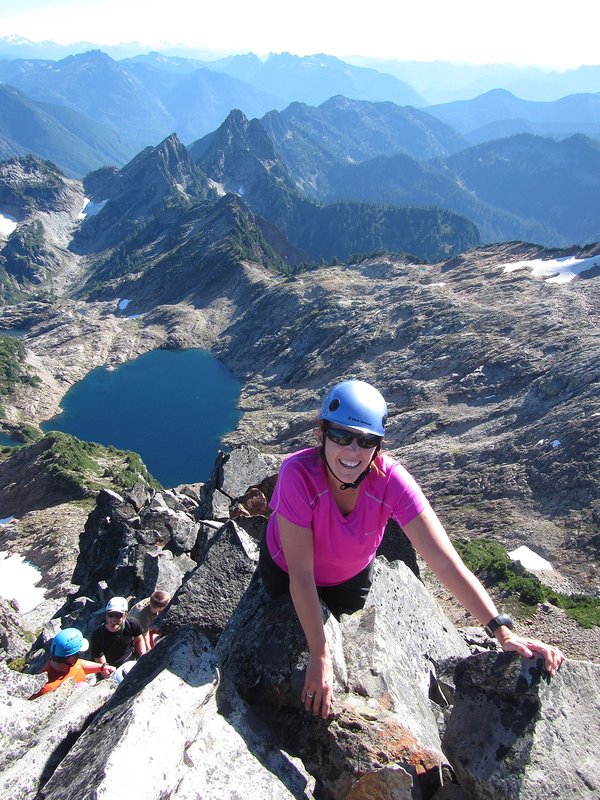- Advanced Rock (AR)
- Backcountry Ski Touring
- Basic Climbing Education Program (BCEP)
- Canyoneering
- Families Mountaineering 101 (FM101)
- First Aid Courses
- Intermediate Climbing School (ICS)
- Introduction to Alpine Climbing (IAC)
- Leadership Training
- Nordic Skiing
- Short Duration Courses
- Steep Snow & Ice (SSI)

